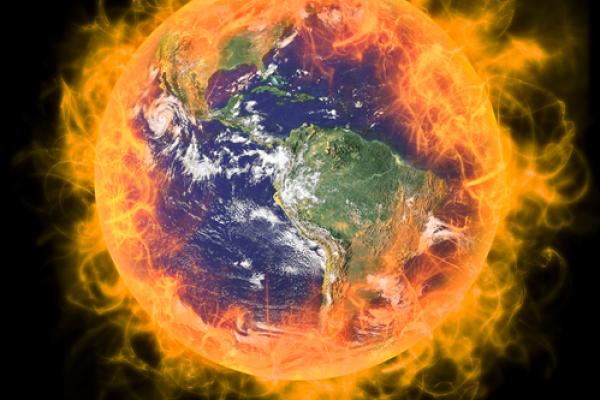Feb 6, 2013
It was Earth Day, 1988. I was in my fifth grade “Earth Science” class, a place where one might expect to talk about the importance of caring for the earth. But this was not what we were talking about that day. At least, we weren’t talking about it until one student asked our teacher about the hole in the ozone layer and whether or not she should stop using hairspray. Our science teacher replied by saying that hairspray wasn’t a problem because the end of the world was coming and the whole earth would be consumed by fire anyway.
While my science teacher did not speak for all people of faith, she also was not a lone voice in the crowd. Caring for the earth is not something Christian churches in the West have been particularly good at. We were late coming to the conversation and have been slow in mobilizing our efforts. This is ironic considering that the foundational stories of our faith, the first words in the book we call holy, commission us to be caretakers of every living thing. In a world where climate change is evidenced in super storms, wildfires, heat waves, droughts and floods, it is urgent that people of faith return to our first responsibility of being stewards of the world in which we live.
Read the Full Article

Already a subscriber? Login
